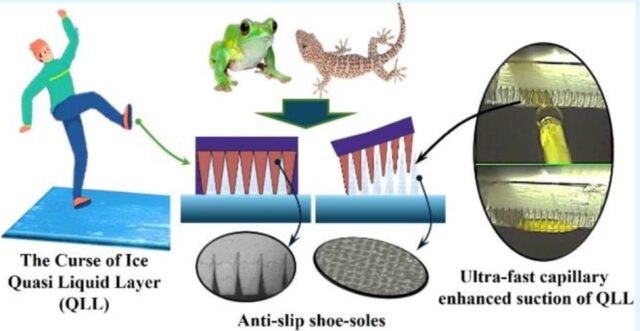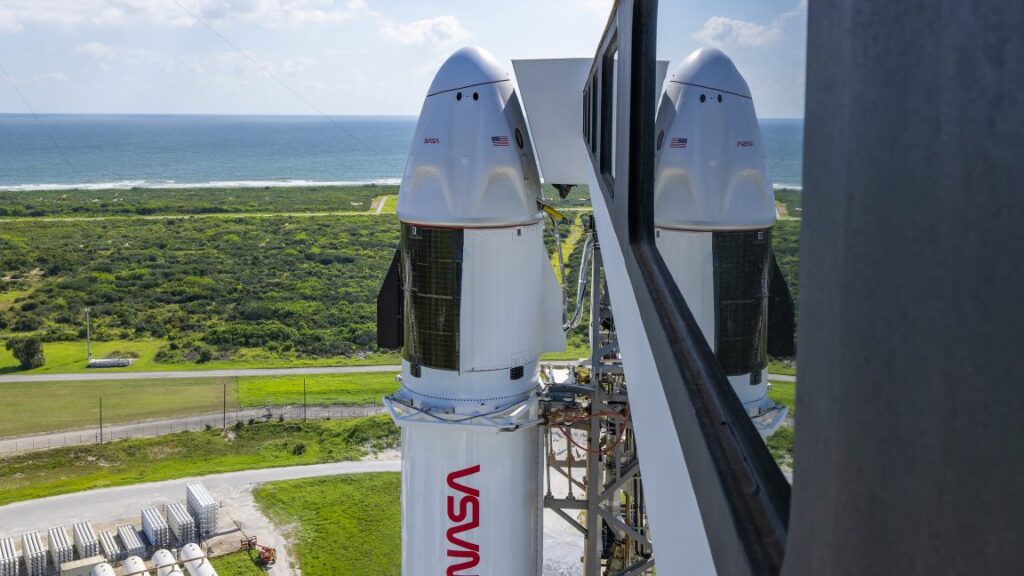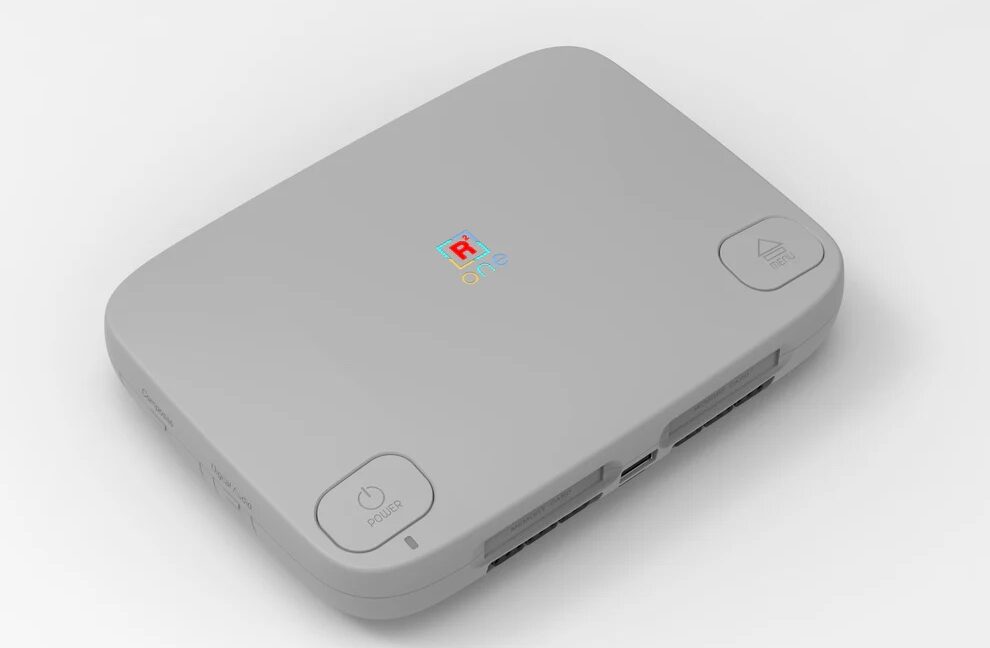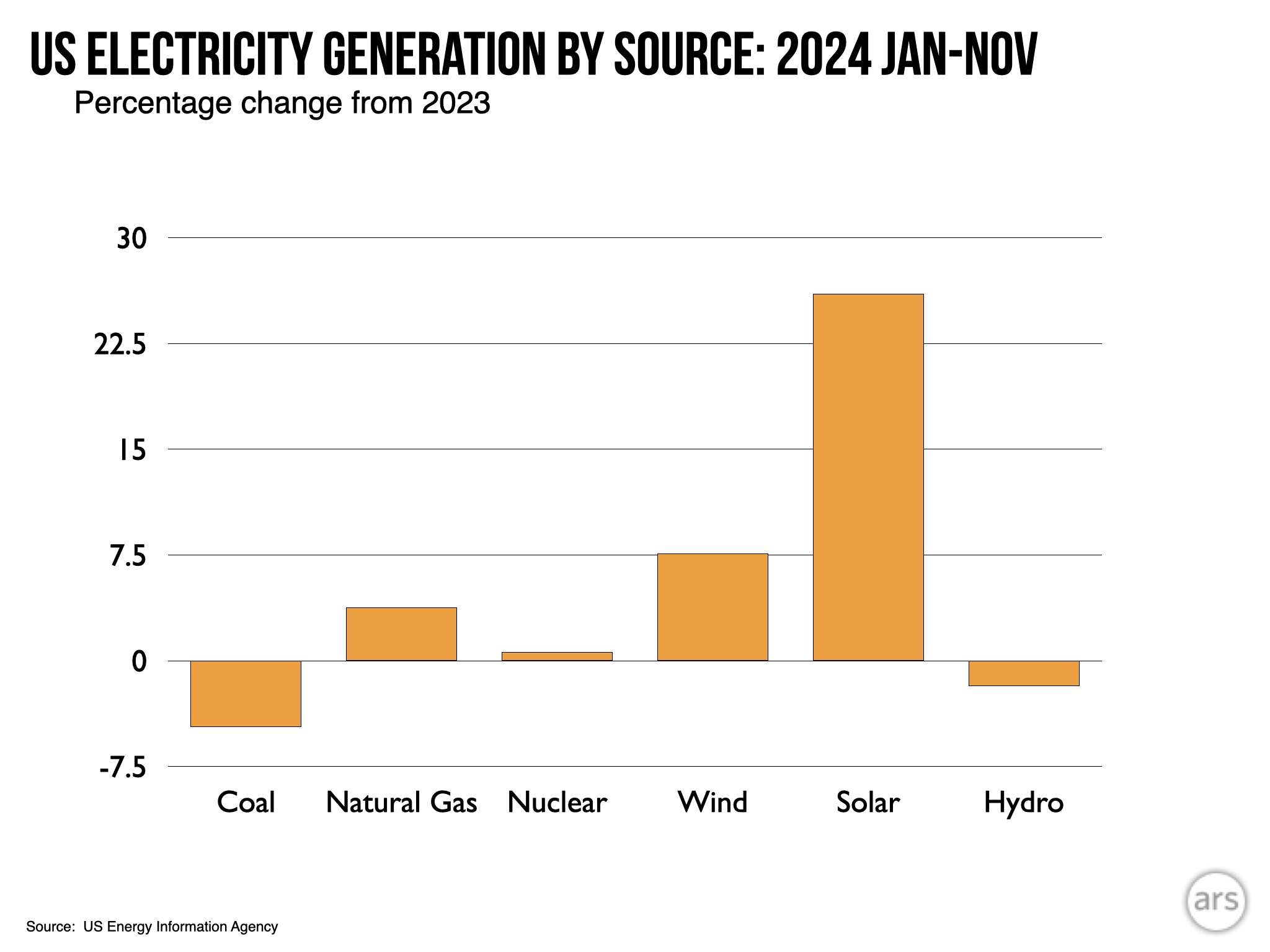The Mercedes-AMG GT 63 S E Performance is quite a name, quite a car
The powertrain has been tuned for power delivery, not maximum efficiency—that isn’t the job of a car wearing the AMG badge—and has an almost-dizzying amount of drive modes, suspension settings, and levels of battery regeneration, all configurable from Mercedes’ flat UI infotainment system that can be a little busy to look at but which remains very intuitive (and comes with rather excellent voice recognition). In fact, this might be the least-distracting implementation of MBUX I’ve encountered so far.
When you first start the AMG GT 63 S, it defaults to electric mode, as long as the battery has some charge in it. Top speed is capped at 87 mph (140 km/h), and the electric motor has more than enough torque to make using this mode perfectly pleasant. Your neighbors will appreciate the silence as you leave in the morning, too. There are three levels of lift-off regen, up to the highest setting, which is a one-pedal driving mode.
The Mercedes-AMG GT 63 S engine bay. Jonathan Gitlin
Comfort fires up the V8 as necessary but will defer to the electric motor whenever possible. It upshifts the nine-speed transmission early, and with the dampers set to Comfort as well, this is the mode you’d use with passengers on board. Because the car is meant to be a performance hybrid, the powertrain will use spare engine power to recharge the battery pack whenever it can and will fully charge the pack in about 30 minutes of driving.
One mode maintains the battery’s state of charge, another is for slippery conditions, and then there’s Sport, Sport+, and Race. These offer escalating levels of performance, with more boost from the electric motor supplementing the raucous V8, faster shift times from the transmission, sharper throttle maps, and more regenerative braking. Finally, there’s an individual mode for you to pick your own settings.
The Mercedes-AMG GT 63 S E Performance is quite a name, quite a car Read More »















